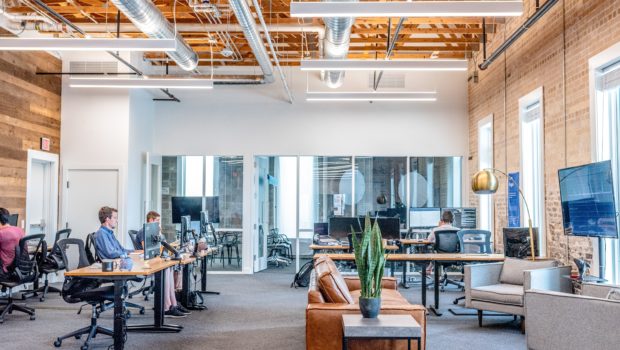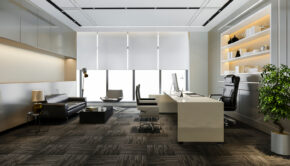Safety and Health Check for Coworking Spaces
It is a known fact that coworking spaces have a high volume of traffic, with both workers and visitors adding to the existent density. In light of the current pandemic, working in a shared space definitely appears to be riskier. For this reason, more and more providers are looking into additional measures to ensure the health and safety of the people working there.
The coronavirus outbreak may have affected the coworking industry but, as the crisis depends, such spaces will become more popular than ever. Given the increased demand for affordable, short-term rentals, it should come as no surprise that hygiene practices must be reconsidered.
Touchless Access Control
To prevent contamination, providers have begun to consider touchless access control systems for coworking spaces. With solutions such as door readers and smart locks, workers no longer have to worry about touching potentially-contaminated surfaces.
In fact, high-end systems can be installed, allowing people to gain access into the office space through the smartphone. These coworking softwares are the solutions of the future, protecting workers against infection. Moreover, they are easy to use and readily accessible.
Hygiene Practices To Prevent The Virus From Spreading
The coworking space will have to be frequently cleaned and sanitized, with special attention given to touchpoints. Some providers have decided to provide workers with disinfection kits, so that they can disinfect the work surfaces before and after use. Posters with hygiene reminders were placed in high-traffic areas, including at entrances. These remind workers and guests of their own responsibilities, such as frequently washing their hands.
Private offices have been equipped with disinfectant spray bottles, which can be refilled at any moment one might need. Meetings are spread further apart, so as to allow for proper disinfection. In the bathrooms, there are contactless faucets and soap dispensers, and toilets have disposable liners for the seats. Biohazard waste bins might be placed throughout the shared workspace.
Providers are looking into additional hygiene and disinfection solutions, as they realize the pandemic is going nowhere. Some have considered the use of disinfection tunnels, while others have installed foot pedals on doors. Air purification solutions have also been explored.
Checking Temperature & General Health
Temperature checks represent an effective way to identify someone who suffers from such an infection. These will be carried out at entry points, along with the registration of everyone who enters the respective space.
This is particularly important for visitors, as one cannot be certain of the chain of infection. Providers of coworking spaces will ask workers and visitors to complete a health declaration form, as well as offer information on the travel history, if any.
Face Masks
Before entering a workspace, you are expected to put on a face mask. This will probably become a standard regulation in the near future. So, for those who do not have their own mask, the coworking space will provide one. A simple measure to protect the people working in such a space, and reduce the risk of infection from one person to the other.
Reduced Density of People
Coworking spaces have been designed to accommodate a large number of people. However, the corona pandemic has forced providers to rethink the layout of such spaces. Social distancing rules must be respected, so the capacity of each floor has been reduced. Some have decided to limit the number of workers in the space, as well as limit or stop new members from joining.
To respect the six-foot rule, workstations have been spread further apart. Meeting and discussion rooms have now a reduced capacity, and some have been converted in additional workstations. Modular partitions and protective barriers are used for added protection.
The decision to close off shared amenities was not easy but it was necessary, as these often had a high density of people. Many coworking spaces had relaxation lounges, gaming rooms or napping pods. These have been closed, temporarily, for everyone’s benefit.
For a workspace to thrive, it is necessary to take every measure to ensure workers feel safe. By implementing solutions such as touchless access control and upgrading current hygiene practices, providers will reduce the risk of contamination and offer a safe working environment.
Coworking spaces are all about being part of a community, and gaining a sense of purpose. The coronavirus pandemic, however, changed a lot about the way we do things. To keep the spark alive, we must think of the things we can improve, including in terms of safety and health for the people working within such a space.
Photo by Austin Distel on Unsplash
References:
11 Strategies From These M’sian Coworking Spaces To Help Coworkers Trust Offices Again
https://www.coworkingresources.org/blog/managing-a-coworking-space-during-a-pandemic
https://www.wework.com/info/wework-response-to-coronavirus-covid-19
















